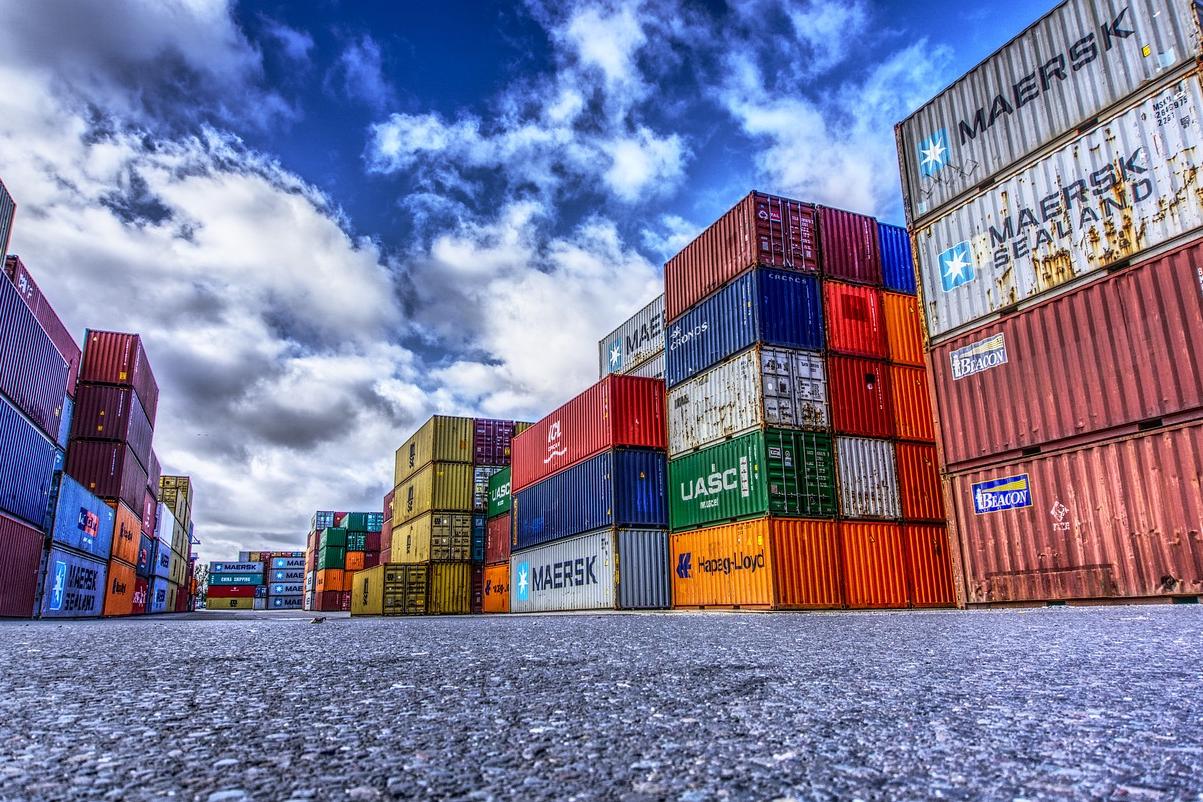
Things to Know About Customs Clearance for Sun Protection Clothing
In the scorching summer, sun-protective clothing, as a "portable sunshade," is becoming a hot item in cross-border e-commerce. But did you know? Last year, a foreign trade company mistakenly classified sun-protective clothing as ordinary tops, resulting in the entire batch of goods being detained by customs and causing a loss of nearly 200,000 yuan. Today, let me, this "veteran in foreign trade," guide you to avoid the pitfalls on the customs clearance path for sun-protective clothing.
How to fill in the "ID card" of a sun protection jacket?
Classification of Customsis the first threshold for sun-protective clothing clearance. Based on my 20 years of experience, 90% of classification errors stem from misunderstanding product characteristics:
- Material trap: most sun-protective clothing uses polyester fabric but adds special coatings or shielding agents
- Style misconception: The zippered front design makes it non-compliant with the definition of "coat" in the tariff code.
- Correct path: should be classified under heading 6211, men's 6211.3390, women's 6211.4390
The "Twelve Golden Orders" of declaration elements
I remember back in 2018 when assisting a client with their declaration, the submission was rejected due to missing the "set composition" element. Declaring sunscreen clothing requires all 12 complete elements, just like a passcode for clearance:
- Basic information: product name, weaving method, type, category
- Product characteristics: composition content, brand, article number
- Key details: whether it's a set, set composition, opening style, zipper, lining condition
Proposal to establishDeclaration elements checklist, our team creates a "product clearance checklist" for each product.
A Tale of Two Cities in Sunscreen Standards
Last year there was a case: a shipment of sun-protective clothing exported to Australia was returned entirely due to failing UPF requirements. The difference between domestic and international standards is like two different languages:
- Domestic standards: GB/T 18830 requires UPF>40 and T(UVA)AV<5%.
- International common requirements
- EU: EN 13758 standard
- USA: AATCC 183 test method
- Australia/New Zealand: AS/NZS 4399 standard
Recommended to perform before exportDual testing, our partnered testing agency can provide "one-stop" services.
Customs clearance practical experience package
Drawing from hundreds of sunscreen clothing cases I've handled over the years, here are some practical tips:
- Sample first: New designs must undergo testing before mass production
- Document backup: Include test reports, composition certificates, etc. with shipments
- Dynamic tracking: Monitor regulatory updates in target countries - for example, the EU revised sunscreen textile labeling requirements last year
- Emergency Plan: Prepare alternative classification solutions - we've successfully cleared special design sunscreen clothing under HS code 6211.2090
Words for foreign trade newcomers
I remember when I first entered the industry, my mentor said, "Customs clearance in foreign trade is like playing chess—one wrong move could cost you the entire game." Sun-protective clothing may seem simple, but it holds a lot of intricacies:
- For sunscreen clothing with new fabrics, pre-classification is recommended.
- Children's sunscreen clothing requires special attention to the safety standards of importing countries.
- Cross-border e-commerce parcels must also be fully declared, as there were cases last year of being investigated for "underreporting."
I hope this guide helps you avoid detours. For specific questions, feel free to reach out - after all, in this industry, experience is the best sunscreen.


 Follow Customer Service WeChat
Follow Customer Service WeChat